Published by Jeremy.
Disclaimers: We use demographic data, email opt-ins, display advertising, and affiliate links to operate this site. Please review our Terms and Conditions for more information. This website is intended for those of legal drinking age in your jurisdiction.
A wine corkscrew is a fairly simple device when you think about it, but it should not surprise anyone that inventors have had a number of different takes on the best way to remove a cork from a bottle of wine- especially in recent years.
We've tried several of the more popular corkscrew styles out there and wanted to share our thoughts on those in this wine corkscrew review.
It is also worth noting that we have only compared manual wine opener types to date. Automatic corkscrews do exist, but outside of a few select cases we think the manual ones work just fine for most home bars. Likewise, the products linked in this guide are not necessarily the exact brands we personally own but are quite close in design all the same as a starting point.
Twist Corkscrew
A twist corkscrew, to me at least, is anything with just the screw element (sometimes called a worm) and little-to-no additional equipment designed to help remove the cork from the bottle. Think old-fashioned corkscrews like the one pictured above or those found on a higher-end Swiss army knife. They are basic and impressively hard to use as the mechanism to remove the cork is almost entirely due to a strong pulling motion outward.
Thankfully, the Waiter's Corkscrew (below) has caused this one to almost phase-out in its entirety, but we have come across this variety when traveling in Airbnbs abroad and in cases where we've had to use the corkscrew on our Swiss Army knife in a pinch.
Waiter's Corkscrew
A waiter's corkscrew (or waiter's key) appears to be the most widely used corkscrew these days and is the kind of thing that anyone who is getting serious into wine will start accumulating several of over time. They're small, cheap, and make great gifts with large purchases (we got two from Plonk wine club as welcome gifts, for example).
These typically incorporate five key items into a small device that can easily fit into your pocket: the screw, the handle, a foil cutter, a boot lever, and (sometimes optional) a bottle cap remover.
The boot lever is key here. It is used to brace onto the lip of the wine bottle when the screw is inserted and allows for leverage to be applied via the handle to get the cork to rise up. We are partial to waiter's corkscrews that have a hinged element halfway down and a second flat boot (like the one pictured above) as most of the time you'll need two firm pushes on the handle in order to get a cork to release. When you only have one, you may have to rely on a pulling motion with a force not unlike the twist corkscrew featured above.
Likewise, the sharpness of the foil cutter tends to vary considerably in waiter's corkscrews we've used (with gift ones often being much worse than a nice one bought online), so if this is a feature that is important to you it will likely be best to check reviews for notes on this specifically or buy a separate foil cutter altogether. For the most part, we are unprofessional here and rip the foil off with our hands.
Winged Corkscrew
Now, we will admit that even though a waiter's corkscrew becomes somewhat intuitive the more you use it (especially if you get a good one), they can still be troublesome for some users- especially anyone with dexterity issues.
If this is you, a winged corkscrew may be up your alley. This one has two levers on alternating sides of the screw, a lip that rests on the top of the bottle, and allows for an easy (yet firm) push down on the levers to extract a cork. Also, depending on the design, the handle may be utilized as a bottle opener at the top.
Like a waiter's corkscrew, a winged corkscrew may need two pushes to remove a cork, which is often easily achieved by twisting the screw just a bit more if you did not get it in perfectly the first time. The downside to this one is not so much built into its functionality but rather its size- it is a fair bit larger than the waiter's corkscrew. But we will say that we used this one as our primary wine bottle opener for years until getting a waiter's corkscrew with a hinge (it really helped us become converts).
Lever Corkscrew
The lever corkscrew is the bulkiest of all the options featured here, likely the most expensive (on average at least), and is also the most foolproof wine opener in our opinion. The device features a vice-like grip that holds onto the neck of the wine bottle, while a separate lever can be used to insert and later remove the screw from the bottle of wine with (typically) no twisting required.
It is often just one push down to insert the screw, and one pull up to remove the cork.
So if you have any trouble with the twisting motion of other corkscrews, a lever corkscrew similar to the above may be for you. But just be aware that it is quite bulky and can be two or three times the price of others featured in this article (again, on average as we've seen some impressively expensive waiter's corkscrews out there).
It is also worth noting that we caution gentle movements when using this one. While this one is almost foolproof, it does add a fair bit of weight to the top of the bottle. As such, you do run the risk of being a bit top-heavy especially if applying too much force in either the grip or the lever.
Ah So Wine Opener (Two-Prong Cork Puller)
Until I really started to learn about the Ah So (which means purchasing one and using it for myself), I really thought it was brand name as opposed to the trade name of the unit. While I suppose you could technically call these a “two-prong cork puller”, many are sold under the name Ah So such that they're used almost interchangeably.
So what is it? As its alternative name suggests, it is simply two prongs spread cork-width apart. These are gently inserted around the cork in between the glass neck (longer prong first) and, with a firm rocking and twisting outward motion, extracts the cork from the bottle of wine via compression.
It is worth stating upfront that this one has a severe learning curve to get the motion right (I watched several YouTube videos and struggled on my first few bottles), but it has one key design feature that the others do not- it does not penetrate the cork. So, in a way, we have to be fair and say it isn't a proper corkscrew at all.
This design feature is why a two-prong cork remover is recommended for older bottles of wine (often 10 to 15 years or older) and those that have perhaps not been stored in the best of conditions that could damage the cork. By not inserting a screw into the cork, you're minimizing your chances of breakage and getting bits falling into your bottle of wine.
Until you get good at it, you may find that you chip a little bit of the cork anyway when inserting (especially in younger bottles with firmer corks), and as such we can definitely see keeping this one on hand purely for older bottles and/or those with slightly more delicate corks over an everyday use corkscrew. For that, we'll use our waiter's corkscrew!
What is your favorite type of wine corkscrew to use? Comment below to share!
Upgrade Your Home Wine Bar
Need to upgrade your wine bar? Grab some new wine accessories:

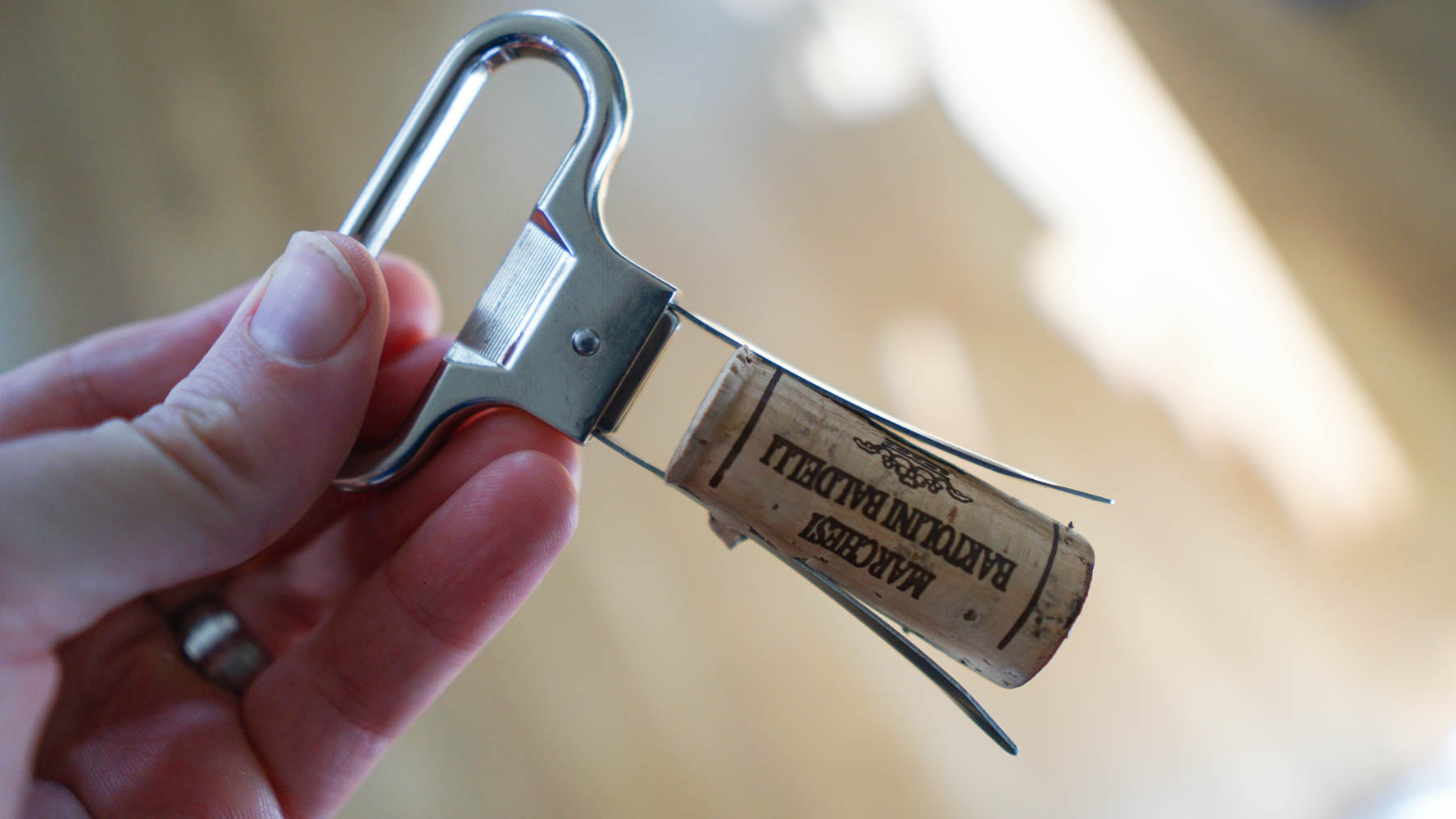
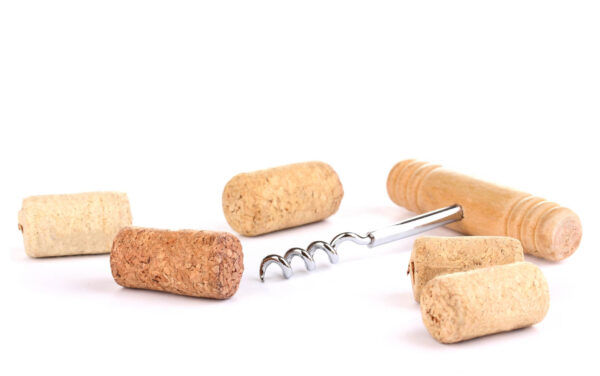
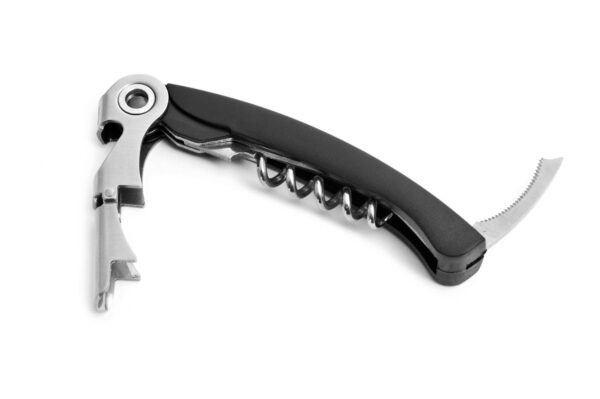
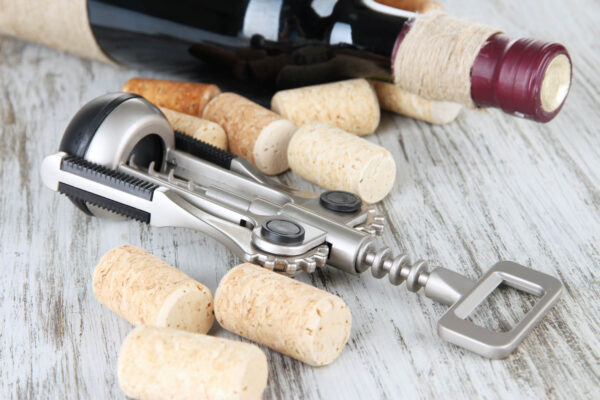
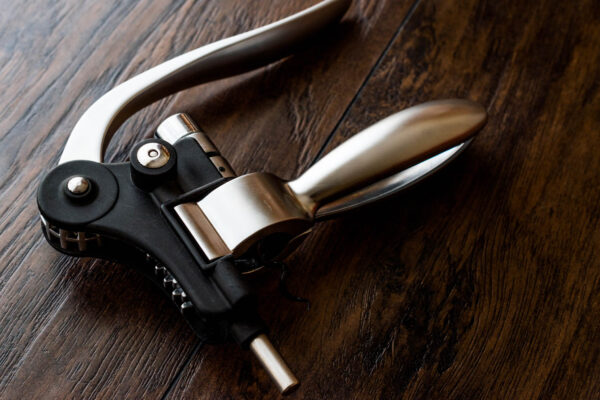
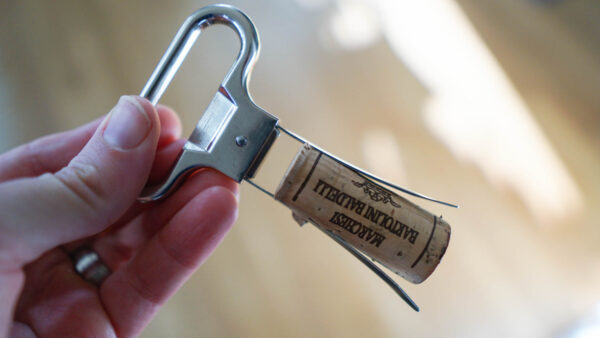


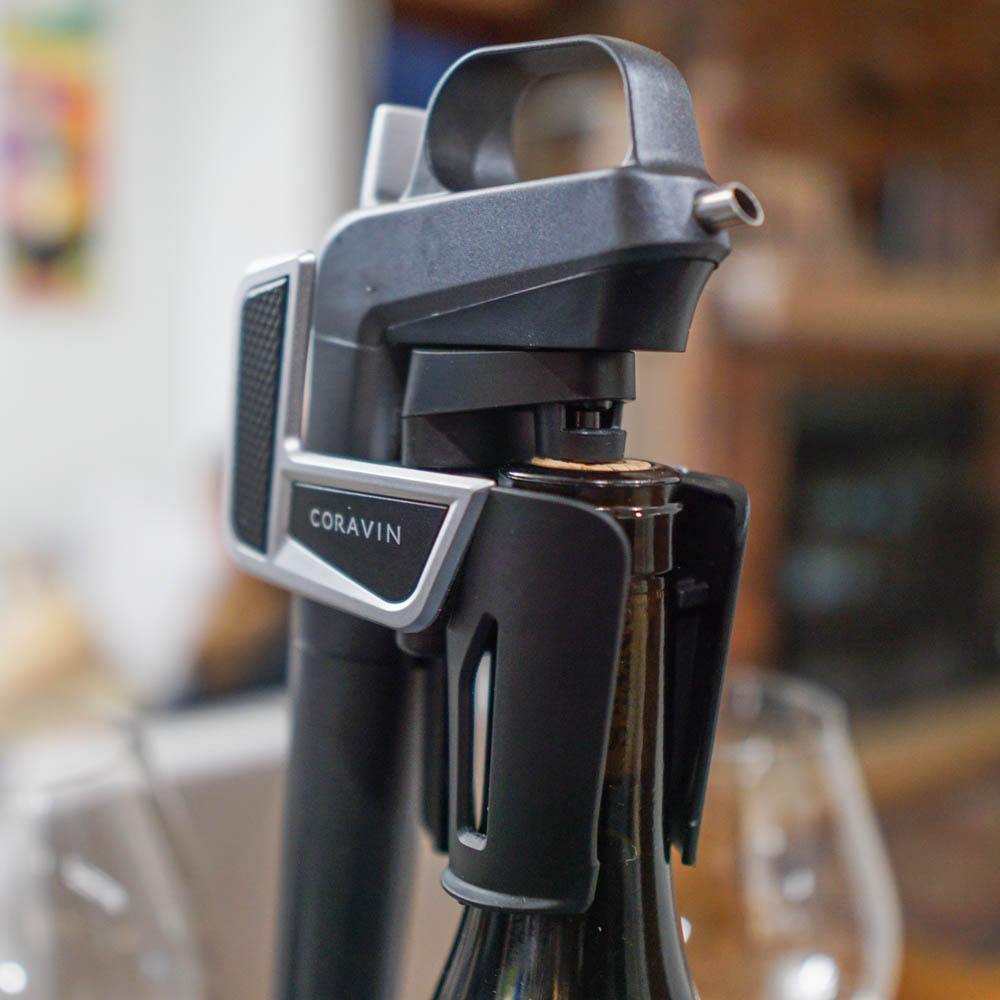
I had a puigpull corkscrew but pulling a tough cork – all the angles were right – broke it: the steel of the screw was too weak. Sheffield steel would have been better.